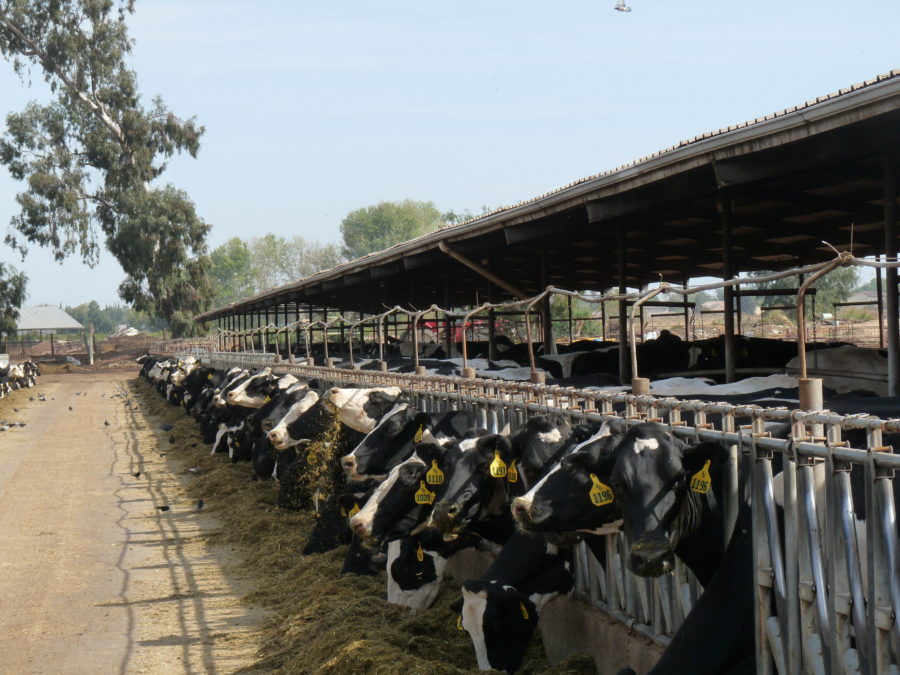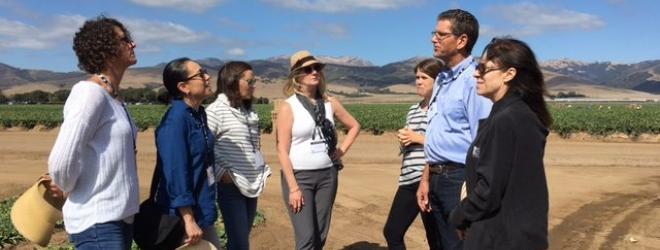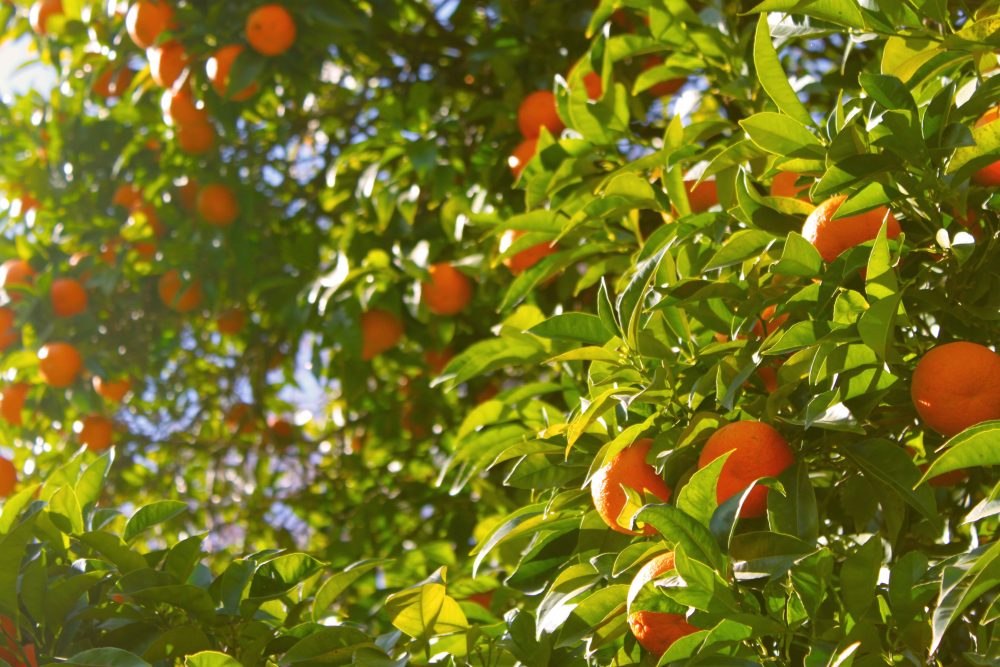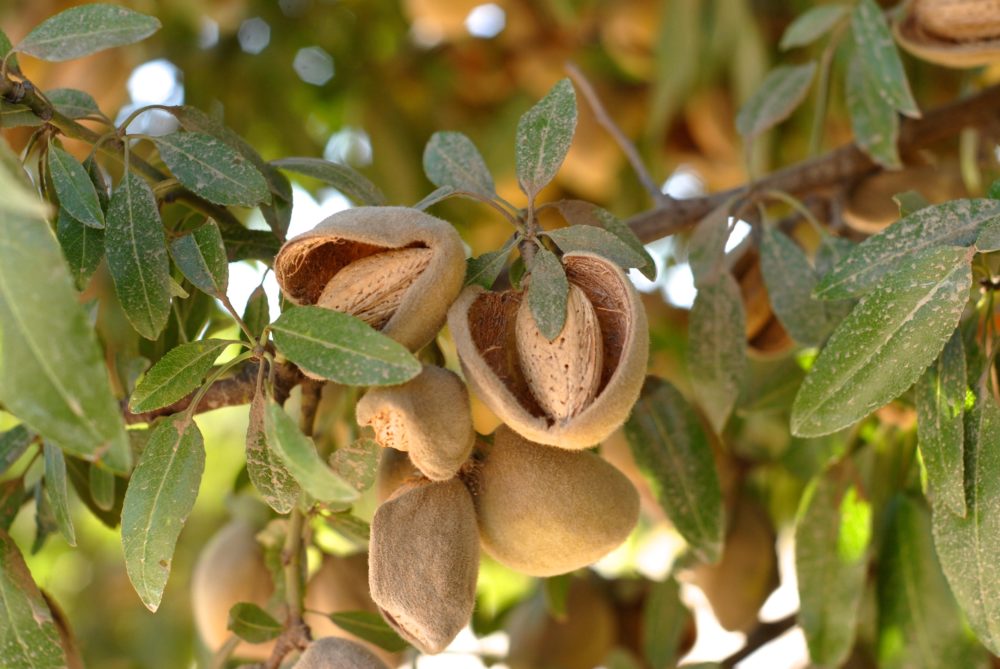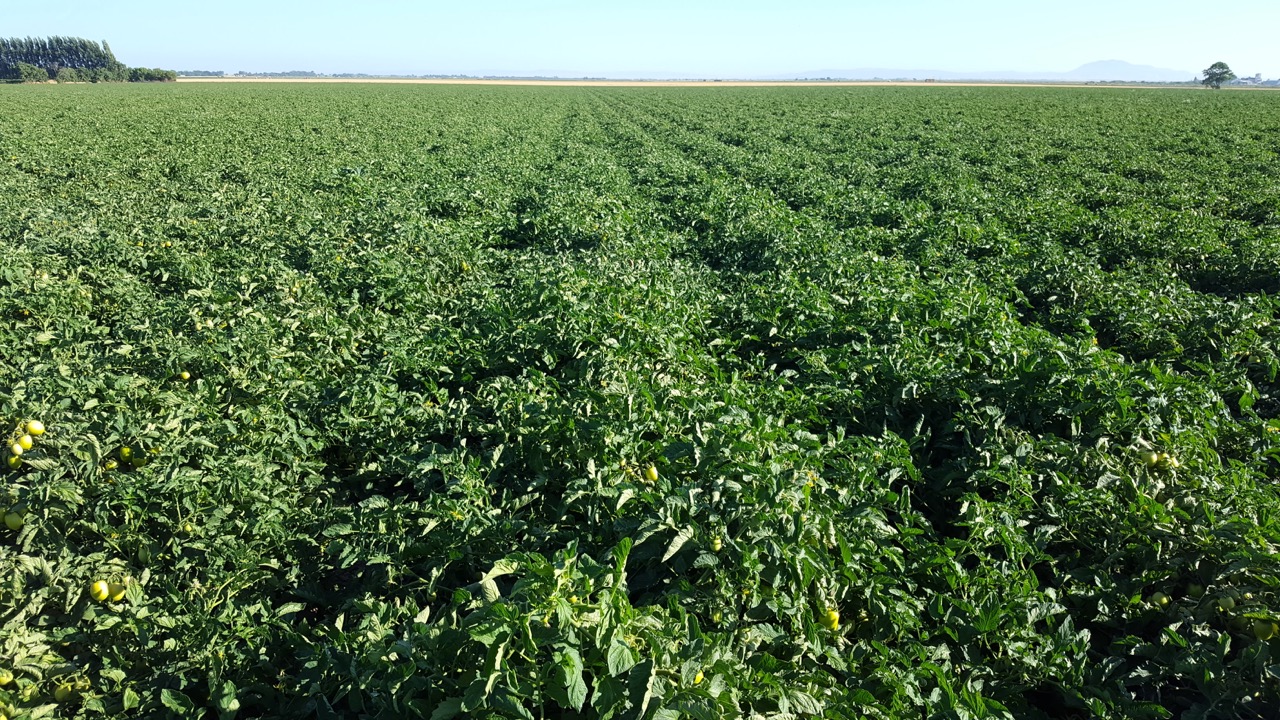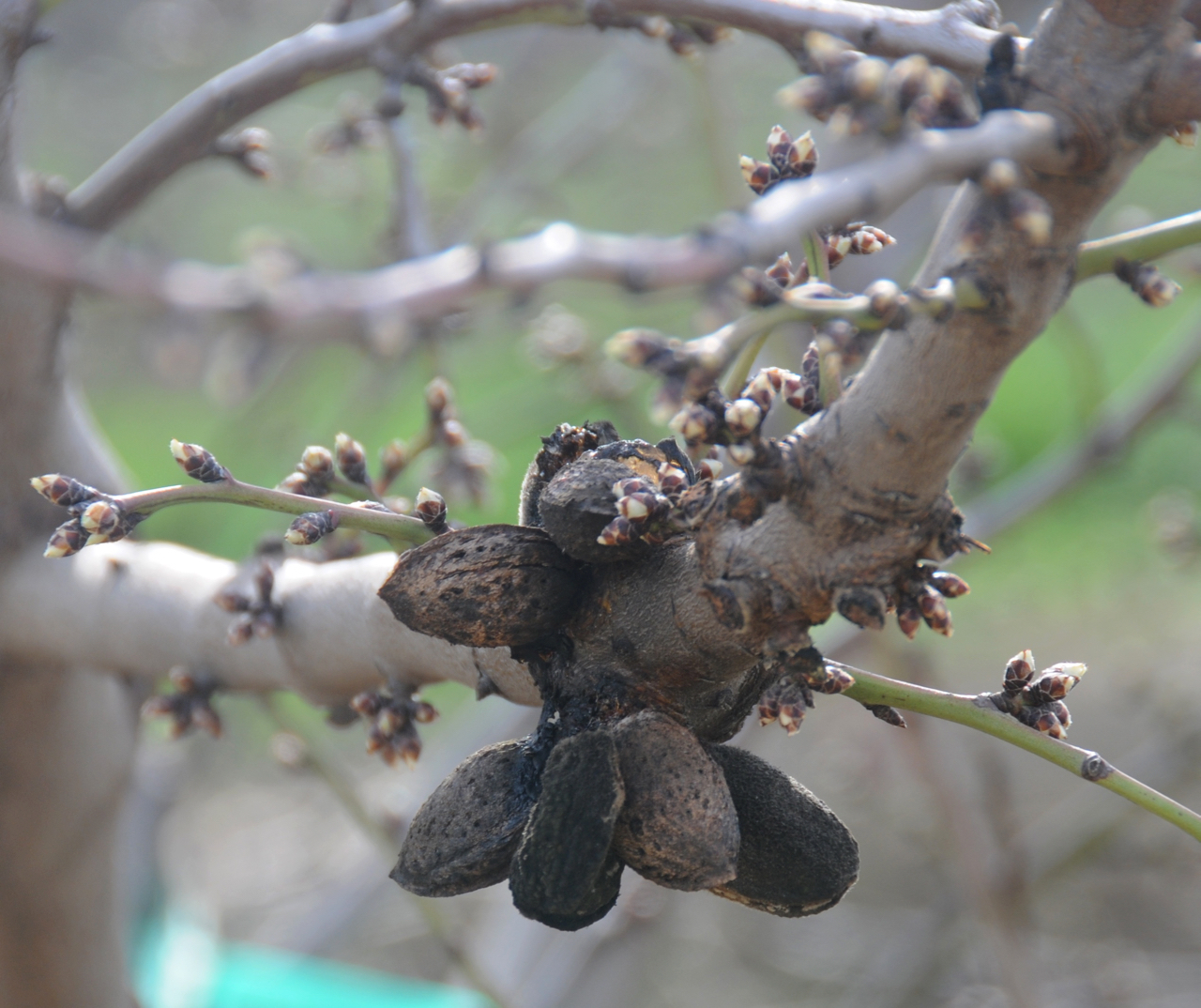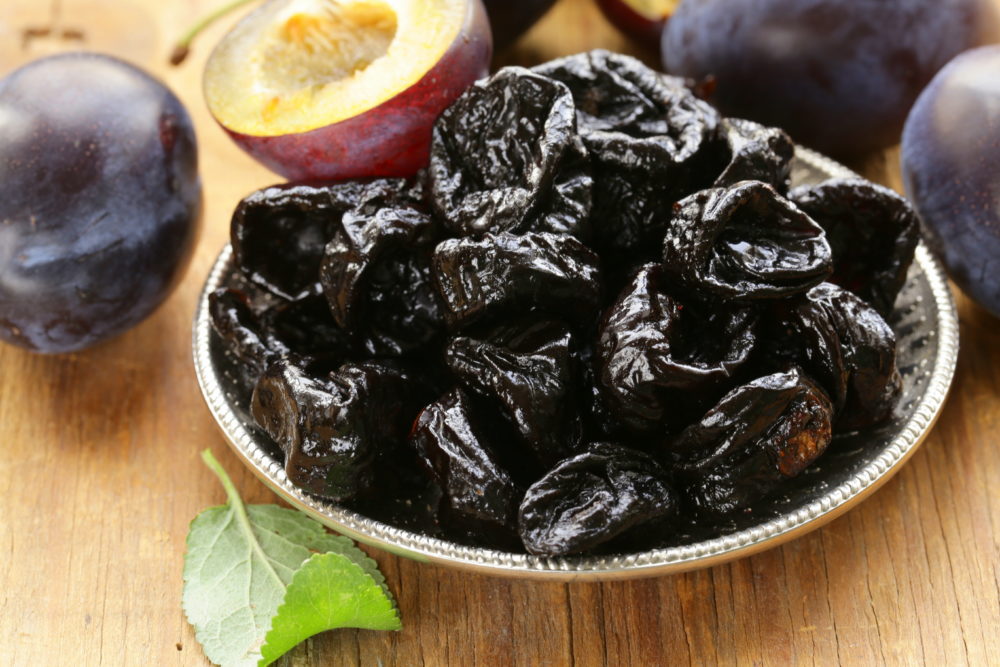Farmers Launch New Health Advertising Campaign for Grapes
Ad Series Highlights Links Between Grapes and Healthy Heart, Brain, and Colon
News Release Edited By Patrick Cavanaugh
A new ad campaign from the farmers of fresh California grapes highlights how consuming normal amounts of grapes each day may contribute to long-term health by helping to maintain a healthy heart, brain, and colon.
Reaching consumers online and through print and broadcast, the campaign revolves around a series of ads focusing on the power of the whole fruit: grapes contain more than 1,600 documented natural plant compounds, including antioxidants and other polyphenols.
Each ad highlights key research from scientific study in the area of heart, brain, and colon health. Scientists believe it is the combination of natural plant compounds and daily consumption that provides benefit.
“Consumers have always loved grapes for their great taste, convenience, share-ability, and beauty. Through this campaign, consumers will learn that the health benefits grapes provide go beyond the basics of eating a favorite fruit as part of a healthy diet,” said Kathleen Nave, California Table Grape Commission president. “It is already established that grapes are a heart-healthy food, and now research in the areas of brain and colon health is emerging that suggests that grapes may have an even broader role to play in long-term health.”
Nave noted that research into these three areas of health, and numerous others, will continue.
The campaign will run in magazines and newspapers in both print and online, on health-related websites, on television and radio, and on social media.




